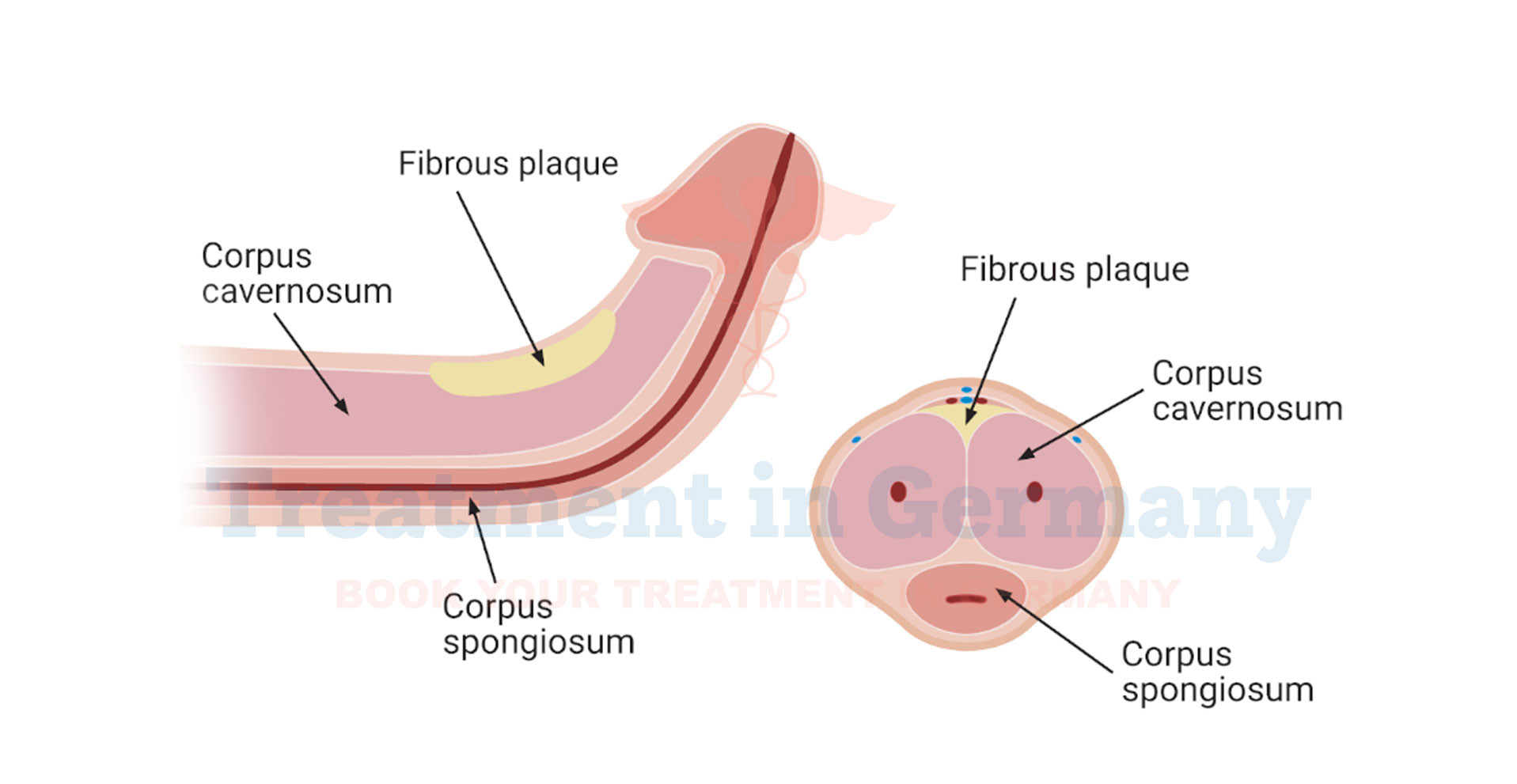What is Peyronie’s Disease?
Peyronie’s disease is a condition affecting the penis, characterized by the formation of fibrous scar tissue (plaques) within the penile shaft.
This scar tissue causes the penis to bend or curve during erections, which can lead to pain and difficulties with sexual intercourse.
The exact cause of Peyronie’s disease is not fully understood, but it is often associated with trauma or injury to the penis, though sometimes it develops without any known cause.
Side Effects of Peyronie’s Disease
The impact of Peyronie’s disease can be significant. Common side effects include:
- Pain: Many men experience discomfort or pain in the affected area, particularly during erections.
- Curvature: The most noticeable effect is the bending or curving of the penis, which can vary in severity.
- Difficulty with Intercourse: The curvature and pain can make sexual activity challenging or even impossible.
- Emotional and Psychological Impact: The physical changes and associated discomfort can lead to anxiety, stress, or depression, affecting overall quality of life and self-esteem.
How is Peyronie’s Disease Diagnosed?
Diagnosing Peyronie’s disease typically involves several steps:
- Medical History and Symptoms Review: Your healthcare provider will discuss your symptoms, sexual history, and any recent trauma or injury.
- Physical Examination: A physical examination of the penis is conducted to check for the presence of plaques, curvature, and any associated pain.
- Imaging Tests: In some cases, your doctor may recommend ultrasound or other imaging techniques to assess the extent of the scar tissue and curvature.
Potential Treatment of Peyronie’s Disease
Treatment options for Peyronie’s disease vary depending on the severity of the condition and its impact on your daily life. Options may include:
- Medications: Oral medications or injections can help reduce inflammation, manage pain, and, in some cases, reduce plaque size.
- Physical Therapy: Techniques such as penile traction therapy can help improve curvature and restore function.
- Surgical Options: For more severe cases or when other treatments are ineffective, surgery might be recommended. Surgical options can include procedures to remove or graft the scar tissue to correct the curvature.
- Lifestyle and Support: Addressing emotional and psychological impacts through counseling or therapy can also be beneficial.
👉 Contact us for further information and receive a complimentary consultation.

.webp)
.webp)
 (1).webp)
 (1).webp)


.webp)
.webp)
 (1).webp)
 (1).webp)

